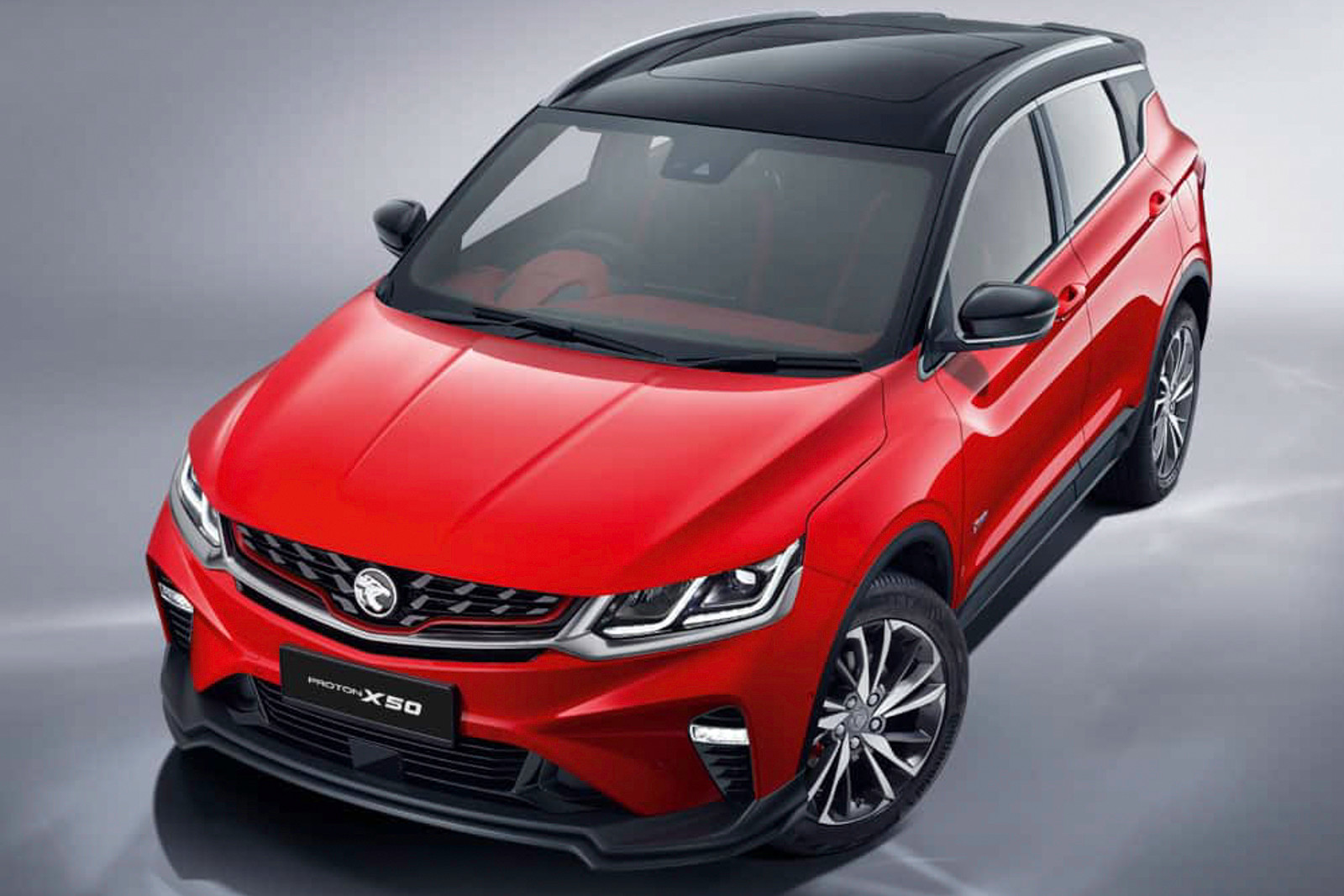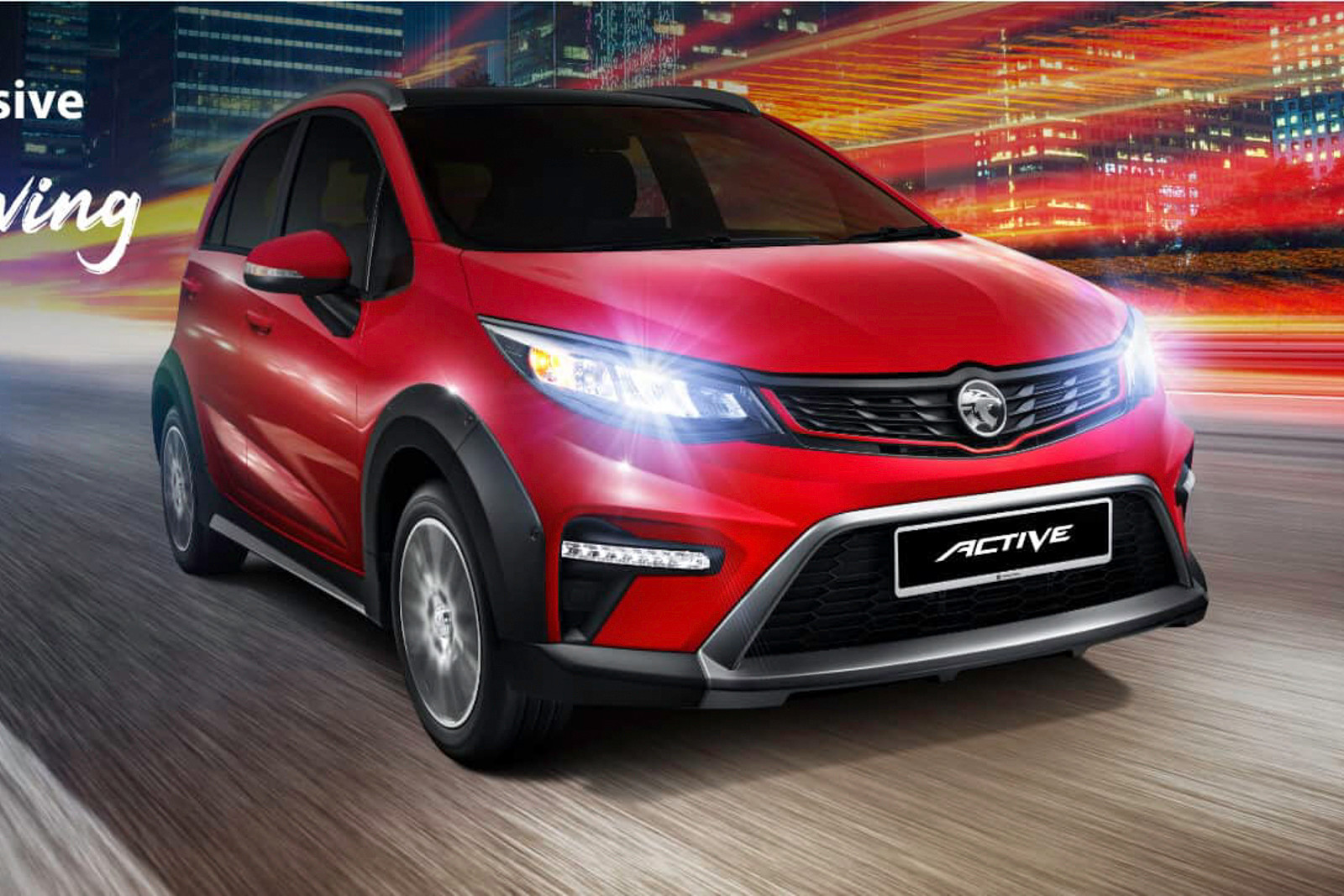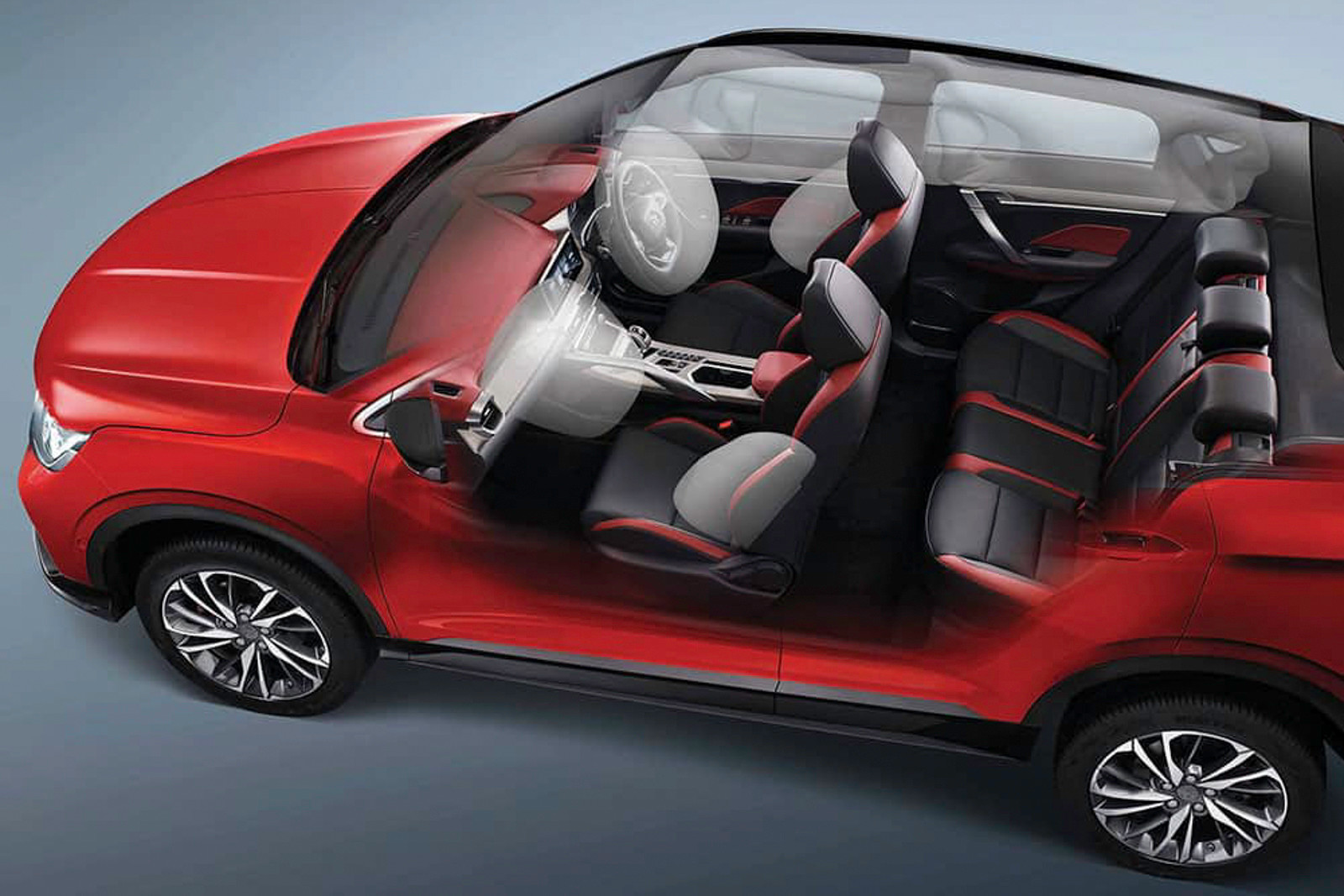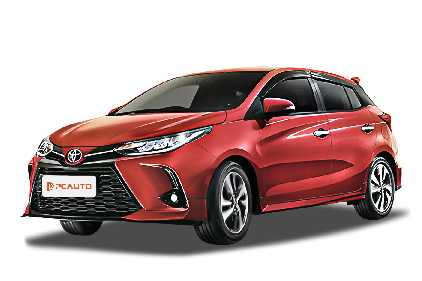Q
Is the 2018 Peugeot 3008 a good car?
The 2018 Peugeot 3008 is a distinctively designed SUV that prioritizes driving experience. It features Peugeot's signature styling on the exterior, while the interior revolves around the i-Cockpit concept—complete with a compact steering wheel and a floating touchscreen for a tech-forward feel. The 1.6T and 2.0T diesel variants deliver smooth power delivery, making it well-suited for both city commutes and long trips. That said, some owners find the rear seating a bit tight for its class, though the seats themselves are comfortable.
In terms of features, it offers driver-assist tech like adaptive cruise control and lane-keeping assist, with safety ratings hitting Europe’s five-star NCAP standard. Maintenance costs run slightly higher than mainstream Japanese rivals, but the overall build quality justifies it. Resale value is mid-pack for European brands. If you’re after something with personality and engaging handling, the 3008 is worth a look. On a test drive, pay attention to transmission refinement and how responsive the infotainment system feels.
Q
Are 2018 Peugeot 3008 reliable?
The 2018 Peugeot 3008 delivers average reliability, with its advanced design and tech features standing out. However, some owners report minor long-term issues like occasional infotainment screen glitches or slightly rough gear shifts from the transmission—though most can be resolved through software updates or routine maintenance. Its 1.6T and 2.0T engines offer solid performance, and fuel efficiency sits mid-pack for the class, making it suitable for both city commutes and road trips.
Inside, the cabin impresses with high-quality materials and Peugeot’s i-Cockpit digital dashboard, which adds a futuristic vibe. Space is practical for families, too. Just keep in mind that maintenance costs might run slightly higher than Japanese rivals, so stick to authorized service centers for proper parts and support.
If considering a used model, prioritize units with full service history and pay extra attention to the transmission and electronics. Among competitors, the 3008 shines with its sharp handling and bold styling—ideal for drivers who value engagement behind the wheel.
Q
What is the fuel consumption of the 2018 Peugeot 3008?
The 2018 Peugeot 3008's fuel efficiency varies by powertrain. The 1.6L turbo petrol version delivers around 6.5L/100km combined, while the 2.0L diesel is more economical at roughly 4.8L/100km. Real-world figures may differ based on driving style, road conditions, and maintenance.
Built on Peugeot's Efficient Modular Platform, this SUV benefits from lightweight construction for better fuel economy. Its drive mode selector (including an Eco mode) further optimizes consumption. Worth noting: the petrol turbo drinks slightly more in stop-start city driving, whereas the diesel shines on highway runs.
To maintain optimal efficiency, stick to scheduled servicing – think air filter changes, correct oil viscosity, and proper tire pressure. Always follow the manual's maintenance intervals and use authorized service centers.
Q
How much is the Peugeot 3008 2018?
The used 2018 Peugeot 3008 typically ranges between RM80,000 to RM120,000, depending on condition, mileage, and trim level—with the high-spec GT Line models often commanding higher prices.
Known for its standout design and tech-forward appeal, this SUV packs a 1.6L turbocharged engine that delivers solid performance and decent fuel efficiency. Inside, the i-Cockpit layout steals the show with a 12.3-inch digital cluster and an 8-inch touchscreen, giving it a properly modern vibe. Safety-wise, it’s loaded with features like automatic emergency braking and lane-keeping assist, making it a practical family pick.
If you’re shopping for one, always check the service history to confirm it’s been well looked after. Opting for an official certified used car program could also score you better warranty coverage and after-sales support. With steady demand in the used market, the 3008 remains a solid choice for anyone after a stylish, tech-savvy SUV.
Q
Is the Peugeot 3008 2019 a good car?
The 2019 Peugeot 3008 has carved out a solid niche for itself in the Malaysian SUV market. It's got that sleek, modern design language Peugeot's known for, paired with an interior that feels genuinely tech-forward – no cheap gimmicks here. Under the hood, the 1.6-liter turbo engine packs a decent punch, making it equally at home zipping around city streets or eating up highway miles on a road trip. And the fuel economy? It's pretty impressive too, which is always a plus.
Safety-wise, this thing doesn't skimp. You're looking at features like Lane Keeping Assist and Automatic Emergency Braking, which tick all the boxes for what a modern family SUV should offer. The suspension setup leans towards comfort, and honestly, that's a smart move – it does a great job ironing out Malaysia's sometimes unpredictable road surfaces.
Now, let's talk turkey. Maintenance costs for the 3008 might edge out some of its Japanese rivals, but you're getting a solid build quality and a driving experience that's hard to fault, so it feels like a fair trade-off. If you're scouring the used car market for one, do yourself a favor: dig into the service records and check the warranty status. Peace of mind is key when buying secondhand.
All in all, the Peugeot 3008 is a strong contender in Malaysia for anyone wanting a European SUV that blends a bit of personality with everyday practicality. It's not just about getting from A to B; it's about enjoying the ride too.
Q
Is the Peugeot 3008 discontinued?
The Peugeot 3008 hasn't been officially discontinued in Malaysia just yet – it's still a key player in Peugeot Malaysia's SUV lineup, and the latest model can still be purchased through official dealerships. What makes this SUV a hit with local buyers, well, it's got that eye - catching design, some advanced technological features, and an efficient turbocharged engine that doesn't guzzle fuel. The standout, though, has to be that Peugeot i - Cockpit setup, and with multiple driving modes, it's pretty versatile for Malaysia's diverse road conditions. If you're thinking about picking one up, your best bet is to keep an eye on Peugeot Malaysia's official website or visit an authorized dealer to keep informed about any model updates or special promotions. And if you want to shop around, the Malaysian market has some strong contenders in the same segment: think Proton X70, Honda CR - V, that sort of thing. Each offers different advantages, whether it's more space, better fuel economy, or an attractive warranty policy. So, it really comes down to your budget and what you prioritize most. On top of that, Peugeot's after - sales service network in Malaysia has been stepping up its game lately, so owners can feel confident knowing they'll get solid support for factory - authorized maintenance and repairs.
Q
How much is the Peugeot 3008 2019?
The 2019 Peugeot 3008's pricing in Malaysia varies depending on the trim and specs you go for. You're looking at roughly RM140,000 to RM170,000 for a brand-new one, with the exact figure hinging on whether you pick the 1.6L turbo petrol engine or the 2.0L diesel, and which trim level floats your boat—Active, Allure, or GT Line. Your best bet is to hit up your local authorized Peugeot dealer in Malaysia for the latest quotes and any ongoing promotions they might have.
As a mid-size SUV, the 3008 turns heads with its standout design and tech-forward cabin—think a 12.3-inch digital instrument cluster and an 8-inch touchscreen. It also comes packing driver assists like lane keep assist and adaptive cruise control, which add a solid layer of safety. Over in Malaysia, it’s squaring off against heavyweights like the Honda CR-V and Mazda CX-5, but where the Peugeot really shines is its trademark French chassis tuning and that premium interior feel.
If you’re eyeing a used model, prices typically undercut new ones by 20-30%, though mileage, condition, and remaining warranty all play a part. For peace of mind, stick to reputable channels, ask for full service records, and check out Peugeot Malaysia’s certified pre-owned program. Those usually come with extended warranties, so you’re covered better than with a regular second-hand buy.
Q
Is 3008 worth buying?
The Peugeot 3008 has carved out a solid niche for itself in Malaysia's SUV market, and it's not hard to see why. This crossover blends sharp, contemporary styling with a nicely put-together interior that feels a cut above. Under the hood, the 1.6-liter turbocharged engine delivers more than enough pep for both zipping around town and eating up highway miles, and it's surprisingly frugal on fuel too – a big plus for drivers who want both practicality and a bit of driving fun.
Where the 3008 really shines, though, is in its on-road manners. The handling is sharp for the class, yet the suspension is tuned more towards comfort, which makes it a great fit for Malaysia's sometimes unpredictable road surfaces. Tech-wise, it's got the goods to keep things interesting and convenient, like the fully digital instrument cluster and the suite of driver assistance features that take some of the stress out of daily commutes.
If you're in the market for an SUV that doesn't just look good but also works hard for you, the 3008 should definitely be on your shortlist. And while we're on the subject of SUV shopping, here's a quick tip: beyond just checking out the exterior and how it accelerates, pay close attention to the active safety kit. Features like automatic emergency braking and lane-keeping assist can be real lifesavers in Malaysia's busy traffic. Oh, and don't skimp on regular servicing, and always buy from an authorized dealer – that way, you'll keep your ride running reliably for years to come.
Q
What is the common problem with the Peugeot 3008?
The Peugeot 3008 is a popular SUV choice, but like any ride, it has a few common quirks Malaysian owners should keep an eye on. One of the more frequent niggles is with the electronic systems – you might notice the infotainment screen freezing up occasionally or a lag with the reverse camera. The good news? These are usually just minor software gremlins that a quick update can sort out, so no need to worry about it affecting the car's core performance.
Another thing some owners have mentioned is that the 1.6-liter turbo engine can develop a slight oil seepage after some hard kilometers. Nothing major, but it’s worth staying on top of regular checks and sticking to the maintenance schedule to keep it from turning into a bigger issue down the line.
When it comes to the suspension, the 3008 is tuned more for comfort, which is great – until you hit some of Malaysia’s less-than-perfect roads. Those bumpy stretches can wear out the shock absorbers a bit quicker than usual, so if you start feeling more bumps than usual, get them checked out sooner rather than later.
On the flip side, let’s not forget what makes the 3008 stand out: its driving feel and interior design are real highlights in its class, and that i-Cockpit setup? It’s definitely a crowd-pleaser with plenty of drivers raving about it.
For Malaysian buyers, my two cents? Stick to authorized dealers to get your 3008, and follow the official maintenance advice to the letter – that’s the best way to keep it running smoothly. And hey, our tropical climate can be tough on electronics and rubber parts, so maybe consider slightly shorter service intervals. It’ll help keep your Peugeot going strong for longer.
Q
How long will a Peugeot 3008 last?
How long a Peugeot 3008 lasts really comes down to a bunch of things: how you take care of it day in and day out, your driving style, and let's not forget Malaysia's unique road conditions and climate. Keep up with the official recommended maintenance schedule and treat her right, and this SUV should have no trouble hitting 150,000 to 200,000 km – maybe even more. That turbocharged engine and the clever chassis tech underpinning it are built to take a beating, and it shows, whether you're stuck in city traffic or cruising down the highway for hours on end.
Now, Malaysia's heat and humidity can be tough on rubber parts and electronics, so I'd definitely advise owners to pay extra attention to checking the cooling system and electrical bits regularly. Sticking with genuine parts will also go a long way in keeping it running strong for longer. When it comes to repairs, the 3008 sits somewhere in the middle of the pack for European cars cost-wise. But if you find a reputable specialist garage or stick with an authorized service center, you can be sure the job's done properly.
For Malaysian owners, nailing that maintenance schedule and avoiding overly aggressive driving are the real keys to stretching the life of your 3008. Oh, and let's not overlook resale value – Peugeots tend to hold their own pretty well on the used market here, so keeping it in good nick will definitely help when it's time to upgrade.





















